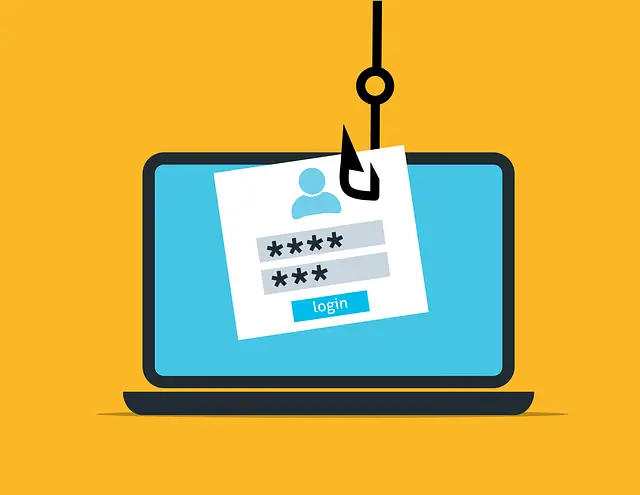
Cybercriminals are targeting corporate executives with highly advanced mobile spear phishing attacks, leveraging sophisticated evasion techniques and exploiting the inherent vulnerabilities of mobile devices, a new report reveals.
In today’s increasingly complex threat landscape, the dangers of phishing attacks are far from a new concern. However, a recent analysis by Santiago Rodriguez, Phishing and Data Analytics Team Leader at Zimperium, highlights a concerning evolution: highly targeted spear phishing campaigns are now specifically designed to infiltrate the mobile devices of corporate executives.
“Over the past few months, enterprises have observed a pattern of sophisticated spear phishing attempts targeting their executives, with some specifically targeting their mobile devices,” Rodriguez writes in his report. “These attacks demonstrate social engineering sophistication with threat actors impersonating trusted business platforms and internal communications and leveraging the features of a mobile device to improve the effectiveness of the attacks.”

The report details a recent campaign that used a DocuSign impersonation to lure executives into divulging their corporate credentials. This attack chain exemplifies the growing sophistication of mobile-targeted phishing, often referred to as “mishing.”
The attack begins with a well-crafted email, seemingly from DocuSign, urging the executive to review a document urgently. This sense of urgency is a common social engineering tactic, designed to bypass critical thinking and prompt immediate action.
“The initial payload was disguised as a DocuSign document requiring immediate review – a common yet effective social engineering tactic that exploits both urgency and authority,” Rodriguez explains. “It’s worth mentioning that companies extensively use this platform to sign documents, which makes it a perfect delivery mechanism.”
The campaign began with a well-crafted email, meticulously designed to exploit both urgency and authority. The phishing link embedded within the email redirected victims through a multi-stage infrastructure that included:
- Initial Delivery: Attackers used legitimate domains, such as clickme[.]thryv[.]com, to obscure the origin of the phishing attempt.
- Redirection via Trusted Sites: A compromised university website lent further credibility, leveraging its high-reputation domain to evade detection.
- Advanced Evasion Techniques: CAPTCHA verification and device fingerprinting ensured that only mobile users were targeted, while desktop users were redirected to legitimate Google domains.
- Mobile-Specific Payload: Mobile users were served a cloned Google sign-in page designed to harvest credentials.
“On mobile devices, however, additional redirections were leveraged to identify the platform. If the link was accessed via a mobile device, a cloned Google sign-in page designed to steal credentials was presented to the mobile user,” the report states.
The report also highlights a parallel attack vector: PDF-based phishing. Attackers embedded malicious links within PDF documents designed to mimic legitimate DocuSign workflows. This technique bypasses traditional URL scanning mechanisms and exploits users’ trust in PDF documents.
“Attackers are increasingly investing in sophisticated infrastructure to bypass security controls,” Rodriguez warns. “Attackers know that mobile devices are largely unsecured so they have adopted a mobile-first attack strategy as demonstrated in this spearphishing example.”
Related Posts:
- Cybercriminals Leverage Docusign Phishing Templates in Sophisticated Attacks
- Fake DocuSign Emails: Don’t Get Hooked by Phishing Scams
- Phishing Alert: Government Impersonation Attacks Surge via DocuSign
- Venezuela will issue oil-backed Petro cryptocurrency within days